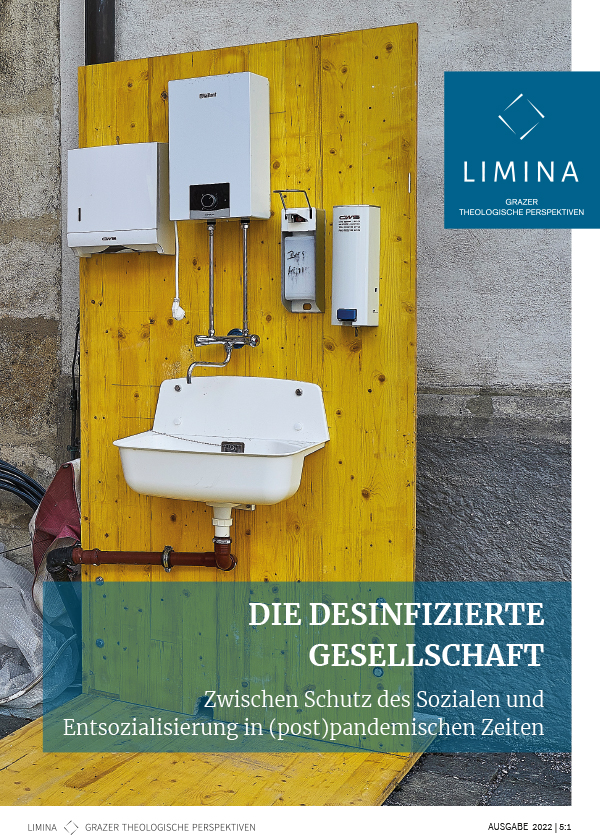A genealogy of disinfection and hygiene
Main Article Content
Abstract
This article follows the historical roots of the 19th century discourse on disinfection and hygiene during four hundred years of traumatic experiences of mass deaths caused by extreme climate conditions (Little Ice Age), hunger crises and outbreaks of plague. Between the 14th and 18th centuries, epidemiological policies in Europe were defined by two converse characteristics. On the one hand, measures such as the strict quarantining of plague victims and the use of mass graves for disposing of the bodies of the deceased served to maintain societal stability. Regulations to curb the spread of the plague reduced collective anxiety, increasingly shifting suspicion and blame for disease onto socially marginalised groups (Jews, Sinit, Roma, the poor) and thus provided the basis for the disastrous persecution of these groups under the pretence of plague prevention. On the other hand, this policy of isolation tore great rifts in social relations, thus causing additional suffering. This “fear in the occident” (La peur en occident, Jean Delumeau) and the resulting transgenerational trauma came to be ingrained in the cultural memory of Europe. The battle against (epidemic) death over hundreds of years as well as new preventative strategies to address fears of death formed two essential pillars in the creation of the modern era, culminating in the ideal of the “homo hygienicus” (Alfons Labisch). Premodern hygiene rituals in response to the plague were smoothly integrated into scientific disinfection policies. This discourse on hygiene eventually culminated in the racial hygiene model postulated by scientists toward the end of the 19th century – a phenomenon of the “heroic modernity” (Heinz D. Kittsteiner), whereby the model of the ‘new human’ masked and eased the traumatic fears of unpredictable societal developments. In order to prevent an imminent ‘racial death’, eugenicists and racial hygienists advocated for a medical ‘cleansing’ of the ‘racial corpus’ from diagnosed genetic ‘deadly elements’ (e. g. people with disabilities, prostitutes, vagabonds). Finally, this paradigm of disinfection also served as the template for the ‘race’ and extermination policies of the Nazis. Zygmunt Bauman analysed the ‘race’ and hygiene discourse as a cultural strategy, a secular means to overcome mortality and sees the need to deconstruct death as a defining characteristic of the modern age. This article places selected measures for the prevention of ‘Covid deaths’ since the outbreak in 2020 within this context and in reference to Bauman.
Article Details
The author(s) retain copyright without any restriction.
LIMINA provides immediately upon publication open access to its content. The content of this journal is licensed under the Creative Commons Attribution 4.0 International Licence. By submitting a contribution, the author(s) agree(s) to the terms of use of the CC BY licence.

